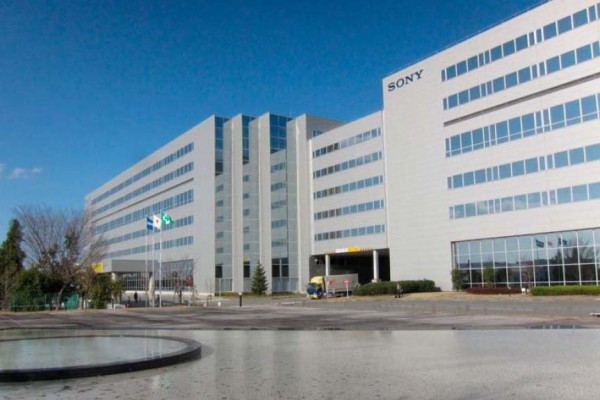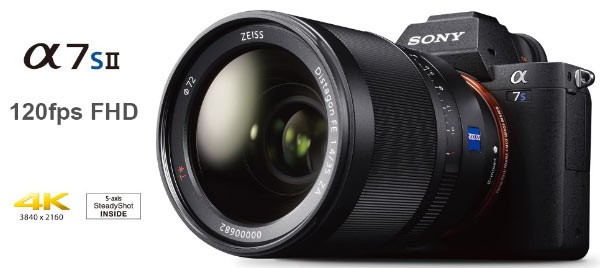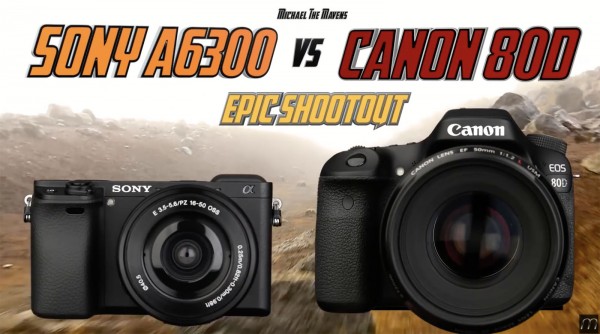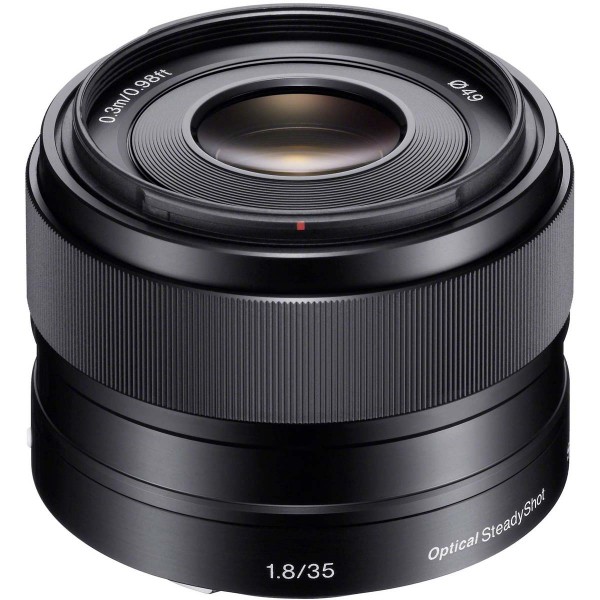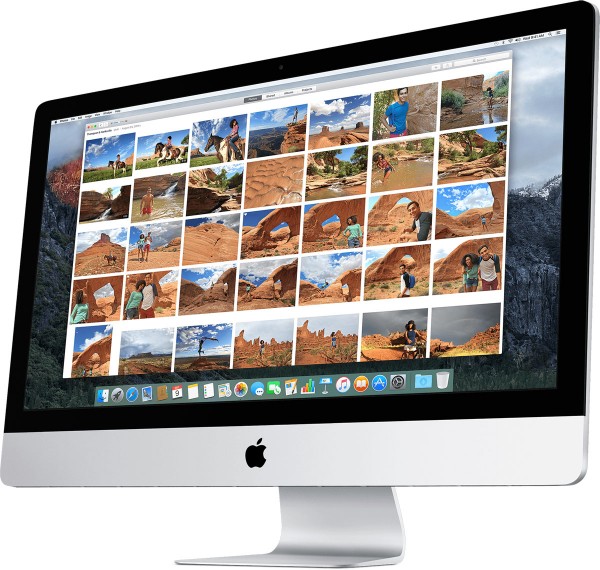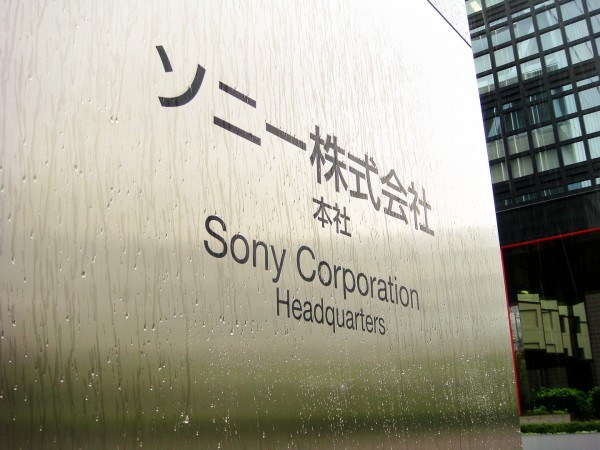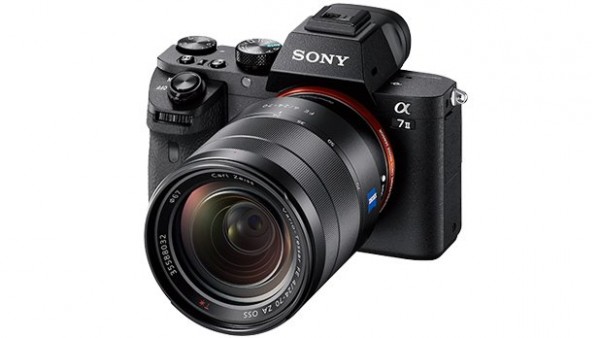(As always, keep in mind that these charts are fairly wide and created in very high resolution so simply click on them to enlarge)
The more I look at Sony’s Q4 FY15 earnings report which comprises of how they did in Q1 2016, the more hopeful and cautious I am of the company. In short, I find the direction Kaz Hirai is pursuing to be the correct one for Sony at the time. The question which remains is if Sony can execute his vision at a quick enough pace and transition to the next phase which is being a more lean and robust company with hopefully better selling devices on the market. That is outside of PlayStation which continues to do gangbuster numbers. Otherwise for Sony, it’s a tale of lower sales but higher profits, thanks to their more premium lineup which offers better margins.
If you look at the above chart, you’ll notice that excluding entertainment endeavors which in my mind comprises of PlayStation, Sony Pictures, and Sony Music, most of Sony’s electronic businesses were down compared to a year ago’s quarter. I’ve already discussed in length what’s been happening at Sony Mobile which you can read about here. However as the chart below shows, despite a drop in sales, Sony’s prospects on each division is improving, including their troubled mobile division. In fact Sony has posted a 666.5% rise in pretax profit for its full fiscal year.
Across nearly all core electronics business, Sony has seen a rise in operating income, even if they’re still posting negative numbers. The reason Financial Services dipped is mostly due to stock market volatility which has been in full affect the entire year. As Sony put it:
Increases in the amortization of deferred insurance acquisition costs and the provision of policy reserves, primarily driven by a significant decrease in interest rates and the deterioration in the stock market
For comparison, Apple each quarter has ‘lost’ more money due to currency volatility than companies like Facebook actually make. Context is king, right? Otherwise, as I said earlier, it seems like most of Sony’s businesses are humming right along the path set out by Kaz. However, let’s not forget about the elephant in the room – that division right in the middle – Devices. As you can see, compared to a year ago’s quarter, Devices is down ¥75.3 billion. It’s as if that division fell off of a cliff. For those unaware, Devices comprises mostly of Sony’s semiconductor business which supplies companies like Apple and Samsung things like batteries and camera sensors. According to Sony, the large negative number is in part due to:
Deterioration in the operating results of the camera module business
Deterioration in the operating results of the battery business
Increases in depreciation and amortization expenses as well as in research and development expenses
I’ve heard from a little birdie that Sony may have lost a major customer which could lend credence to the dramatic drop. Otherwise it’s hard to equate their reasonings and that number but for now, all we have is Sony’s vague statement on the matter. For those wondering what percentage of the company each division of Sony comprises, wonder no more with the chart below.
Way more details on each division from the Sony Q1 2016 earnings report after the jump.
